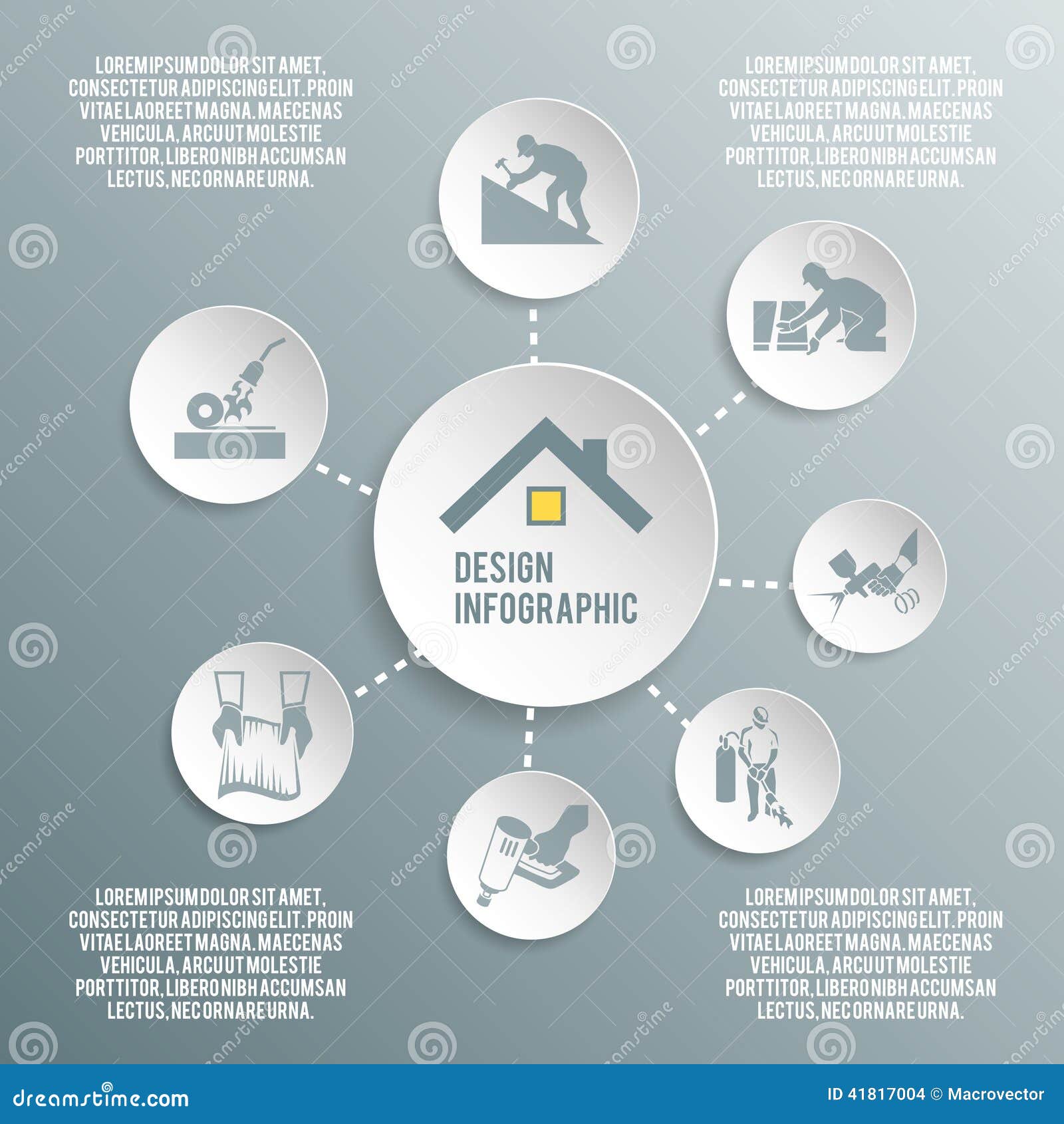Discover Exactly How Different Weather Scenarios Can Affect Your Roof Installment, Helping You Achieve A Task Well Done
Discover Exactly How Different Weather Scenarios Can Affect Your Roof Installment, Helping You Achieve A Task Well Done
Blog Article
Content Written By-McCoy Smith
When it pertains to roofing system installations, the climate can make or damage the job. Imagine the frustration of taking care of materials that will not coordinate due to extreme warmth or fighting unsafe surface areas brought on by unanticipated rain. Understanding the influence of weather on your roof project is essential for an effective end result. So, let's check out exactly how different climate components can influence the quality and longevity of your roofing setup, making certain a task well done.
Impact of Temperature on Roof Installation
When it involves roofing installation, temperature level plays an essential function at the same time. The perfect temperature for roof tasks typically drops between 45 and 85 levels Fahrenheit. Extreme warmth can cause materials like shingles to end up being as well flexible, resulting in potential damages throughout setup. On the other hand, cold temperature levels can make materials weak and vulnerable to fracturing. It's important to set up roofing system installations throughout moderate temperatures to guarantee the best end result.
During colder weather, professionals may require to take added preventative measures such as using heated equipment or enabling materials to warm up prior to setup.
On the other hand, hot weather might need work to be done previously or later on in the day to avoid the peak temperature levels. By taking into consideration the temperature level and its impacts on roof covering materials, you can assist make certain an effective installation that will stand up to the components for several years to come.
Result of Rainfall on Roofing Projects
Roof covering jobs can be significantly impacted by rainfall, influencing both the timeline and the top quality of the installation. Rainfall or snow can develop unsafe conditions, making it dangerous for roofing professionals to work on a damp surface. In addition, dampness can jeopardize the bond of materials like roof shingles or underlayment, leading to potential leakages or damages in the future.
If it rains throughout a roofing task, the water can seep into at risk locations, causing hold-ups as the installation crew should wait for the roof to completely dry before proceeding. Too much dampness can additionally advertise the growth of mold and mildew and mildew, further endangering the stability of the roofing system.
To prevent these issues, it's recommended to arrange roofing jobs during drier periods or keep track of the weather forecast very closely to plan around any potential rainstorms. By taking preventative measures to work in beneficial weather conditions, you can make sure a smoother and much more effective roofing system installation procedure.
Impact of Wind Speed on Installment Success
Throughout roofing system setup, the rate of the wind plays a crucial function in establishing the success of the job. High wind rates can position significant challenges to roofers, possibly leading to security dangers and high quality issues. When wind rates surpass suggested restrictions, it ends up being hard to take care of products, raising the risk of mishaps and damages to the roof products. https://azbigmedia.com/lifestyle/home-and-design/6-stunning-roof-designs-that-are-popular/ can also impact the accuracy of dimensions and the precision needed for proper installation.
To guarantee https://legacy-roofing16272.bloggosite.com/39184810/how-weather-impacts-your-roofing-a-newbie-s-overview covering installation, it's important to check and take into consideration wind speeds. Preferably, please click the next webpage covering installation ought to occur on days with low to moderate wind rates. This not just improves the safety and security of the employees yet also enhances the general quality of the installation.
Roofing tasks set up during calm climate condition are more likely to be completed effectively and with less mistakes. By taking notice of wind rate forecasts and planning accordingly, you can aid make certain a smooth and effective roofing setup process.
Final thought
So, when it involves roof covering installment, keep in mind to take into consideration the weather to guarantee a successful job. Ideal temperature levels, dry problems, and moderate wind speeds are vital factors to prioritize for a smooth setup procedure. By arranging your job throughout the most effective seasons and ideal weather, you can attain a sturdy and resilient roof covering that will shield your home for many years to find.
